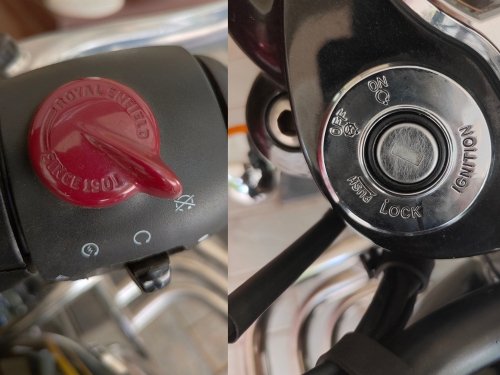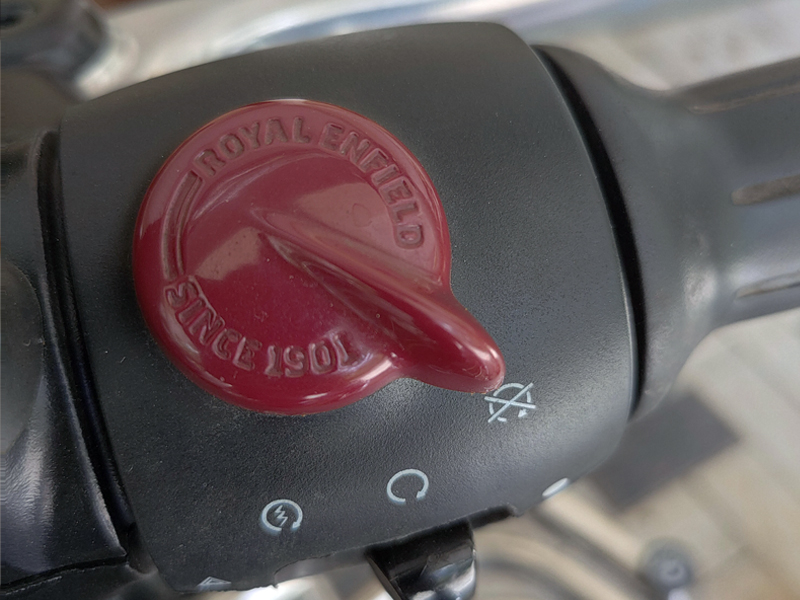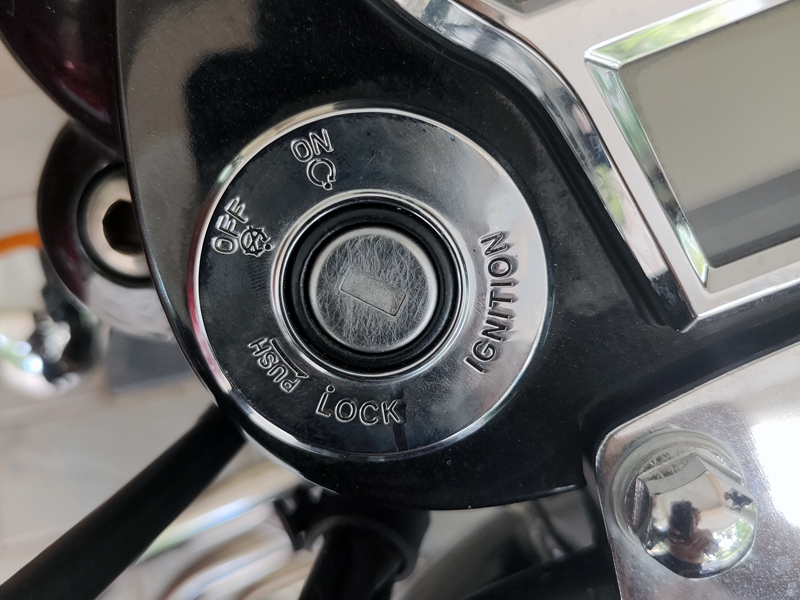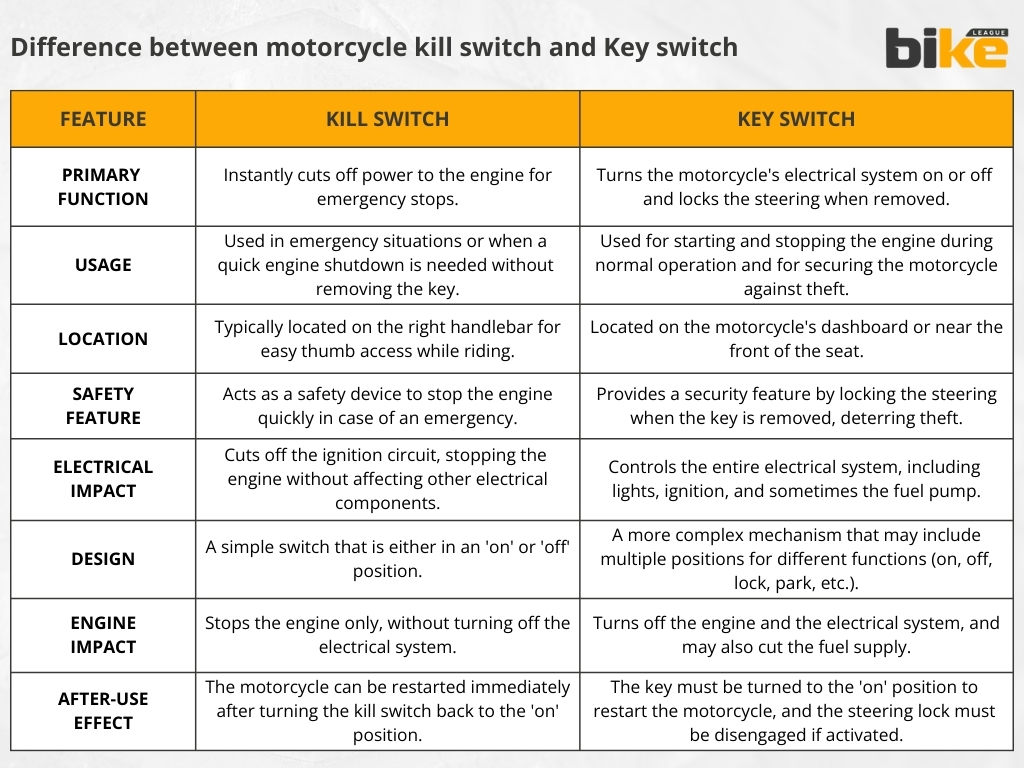
Long story short: Motorcycle safety is a critical aspect of riding, and riders must understand the functionalities and differences between a motorcycle /bike engine kill switch and a key switch. However, the disappointing fact is that most people do not know the critical differences and have several misconceptions and myths about the same among motorcycle riders.
Key Takeaways
- Motorcycle Kill Switch: Instantly shuts off your bike in emergencies, stay safe, check regularly
- Motorcycle Kill Switch Guide: Legal Requirements, Safety & Usage, Maintenance, Motorcycle Key Switch, Differences from Kill Switch and Practical Use
- Kill Switch Muscle Memory: Emergency Stop Drills, Routine Shutdown Practice, Simulated Road Hazard Scenarios, Incorporating Kill Switch Use in Pre-ride Checks and Advanced Handling Courses
- Key Switch Maintenance Tips: Keep it clean, apply protective coatings, use weatherproof covers, inspect regularly, lubricate as needed, follow manufacturer guidelines and invest in quality components
Motorcycle Kill Switch
The motorcycle kill switch, engine cutoff switch, or emergency stop (E-stop) is a vital safety mechanism that immediately shuts off the motorcycle’s engine in emergencies. This feature is more than just a button; it’s a rapid response ally for any rider, ensuring quick and efficient engine shutdown.
Legal Requirements
A bike engine kill switch is often a legal requirement in various jurisdictions, including India. This is part of broader safety regulations aimed at minimizing risks associated with motorcycle riding. While specific Indian regulations may vary, the global trend towards mandatory kill switches underscores their importance.
Safety and Usage
The bike engine kill switch enhances rider safety by automatically cutting out the engine if the rider falls off. Thanks to a magnetic mechanism connected to a lanyard, using the kill switch to turn off the motorcycle’s engine is safe and will not damage the electrical system. Riders are encouraged to use the kill switch regularly to develop muscle memory, which can be crucial in emergencies.
Maintenance and Considerations
Regular maintenance checks should include the kill switch to ensure it functions correctly. Ensure that it operates smoothly, is free of debris, and shows no signs of wear or damage that could affect its functionality. It is also advisable not to use the kill switch while the bike is in intense motion.
Motorcycle Key Switch
The key or ignition switch is the primary method for starting and stopping the motorcycle. It controls the power supply to the engine and other electrical components. This switch is essential for the motorcycle’s regular operation, ensuring all systems are powered down when the bike is turned off.
Differences from Kill Switch
While the bike engine kill switch is an emergency feature for quick engine shutdowns, the key switch is for regular operation. The key switch turns off the entire electrical system, whereas the kill switch only cuts power to the ignition coil. This distinction is crucial for understanding when to use each switch.
Practical Use
In non-emergency situations, riders can use the key switch to turn off the motorcycle. This is a more comprehensive method of shutting down the bike, ensuring all electrical systems are powered down. However, using the bike engine kill switch can be more convenient in specific scenarios, such as waiting at a red light or in emergencies.
How to develop muscle memory for kill switch usage in India
Developing muscle memory for using the kill switch effectively is crucial for motorcycle riders in India, given the unique road conditions and potential emergency situations they may face. Here are some techniques and exercises recommended by Indian riding schools and safety experts:
1. Emergency Stop Drills
One of the most effective ways to develop muscle memory is through regular practice of emergency stop drills. These drills involve:
- Practising sudden stops using the kill switch to shut down the engine quickly without taking hands off the handlebars.
- This technique prevents accidents and helps riders build the reflex to use the kill switch instinctively in emergencies.
2. Routine Shutdown Practice
Incorporating the kill switch into the regular shutdown process of the motorcycle can significantly help in developing muscle memory:
- Riders are encouraged to turn off the engine with the kill switch before using the key as part of their routine shutdown process.
- This practice helps build a habit and ensures that using the kill switch becomes second nature.
3. Simulated Road Hazard Scenarios
Indian riding schools often incorporate simulated road hazard scenarios in their training programs:
- These scenarios help riders practice reacting quickly by using the kill switch in situations that mimic real-world challenges.
- By repeatedly practising in these simulated environments, riders can build the necessary reflexes to handle unexpected situations on Indian roads
4. Incorporating Kill Switch Use in Pre-ride Checks
Making the kill switch a part of pre-ride checks can reinforce its importance and location in the rider’s mind:
- Riders are encouraged to include the kill switch in their pre-ride checks, ensuring it’s functioning correctly and familiarizing themselves with its location and operation.
- This regular interaction with the kill switch helps maintain awareness of its presence and importance.
5. Advanced Handling Courses
For riders looking to further enhance their skills:
- Advanced courses that simulate real-world scenarios where the kill switch would be necessary, such as avoiding collisions or managing engine malfunctions, can be highly beneficial.
- These courses provide a safe environment to practice using the kill switch in more complex situations.
What are the Best Practices for Maintaining a Motorcycle’s Key Switch in India
Maintaining a motorcycle’s key switch in India requires special attention due to the unique climate conditions, including dust, humidity, and monsoons. Here are some best practices:
1. Regular Cleaning
Given the dusty conditions in many parts of India, regular cleaning of the key switch is crucial:
- Use compressed air to remove dust and debris from hard-to-reach areas without causing damage.
- Regular cleaning prevents the accumulation of particles that can lead to wear and potential malfunction of the switch mechanism.
2. Apply Protective Coatings
To combat the high humidity and monsoon conditions:
- Apply anti-corrosion sprays or protective coatings to shield the switch from moisture and rust.
- These products create a barrier that prevents water and humidity from reaching the metal components, extending the switch’s life.
3. Use Weatherproof Covers
Protecting the motorcycle, and by extension the key switch, from direct exposure to the elements is crucial:
- Utilize weatherproof motorcycle covers, especially during the monsoon season.
- These covers provide additional protection against rain and dust.
4. Conduct Routine Inspections
Proactive maintenance can prevent many issues:
- Regularly inspect the key switch for signs of wear, corrosion, or damage.
- Early detection of issues allows for timely maintenance and repairs, preventing more significant problems.
5. Lubrication
To ensure smooth operation and prevent corrosion:
- Lubricate moving parts within the switches, especially in humid conditions.
- Use contact cleaners and lubricants designed for electrical components to remove dirt and moisture while ensuring good electrical conductivity.
6. Follow Manufacturer Recommendations
While specific maintenance schedules for switches are not always detailed:
- Follow the general maintenance guidelines for Indian motorcycles, which typically recommend service intervals every 5000 miles or 8000 km.
- During these service intervals, ensure the key switch is inspected, cleaned, and maintained as part of the overall motorcycle maintenance.
7. Invest in Quality Products
Using high-quality switches and maintenance products can make a significant difference:
- Invest in switches and maintenance products to withstand harsh environmental conditions.
- This investment can enhance the durability and performance of the key switch in the long run.
Myths about motorcycle kill switch and key switch
Myth 1: Using the Kill Switch Frequently Damages the Bike
Reality: Utilizing the kill switch does not harm the motorcycle. It is designed to cut off the ignition coil contact, shutting down the engine without causing damage. However, excessive fiddling with the switch when the bike is already off can lead to issues.
Myth 2: The Kill Switch is Only for Emergencies
Reality: While the kill switch is primarily an emergency-off mechanism, it can regularly turn off the bike quickly without reaching for the key. This practice is safe and does not negatively impact the motorcycle.
Myth 3: The Kill Switch is Complicated to Use
Reality: The kill switch is a simple component. It is designed for ease of use, allowing riders to operate it with their thumb while riding, ensuring quick and efficient engine shutdown.
Myth 4: The Kill Switch is Optional
Reality: In many regions, including Europe, having an operational kill switch is a legal requirement for motorcycle certification. This underscores its importance in the safety apparatus of motorcycles.
Myth 5: The Kill Switch Can Be Used While the Bike is in motion
Reality: Using the kill switch while the motorcycle is in intense motion is not advisable. This can lead to a sudden engine shutdown, which may be dangerous. The switch should be used when the bike is stationary or controlled.
Myth 6: Forgetting the Kill Switch Can Lead to Panic
Reality: Riders often forget that the kill switch is engaged, leading to unnecessary panic about potential engine or battery issues. This can be avoided by making a habit of checking the kill switch position before starting the bike.
Myth 7: The Kill Switch and Key Switch Serve the Same Purpose
Reality: While both switches can turn off the engine, the kill switch is designed for quick, emergency shutdowns, whereas the key switch is for regular use. The kill switch provides an additional layer of safety.
Myth 8: The Kill Switch is a Recent Addition to Motorcycles
Reality: The kill switch has been a standard motorcycle feature for many years, reflecting the industry’s commitment to rider safety and preparedness.
Myth 9: The Kill Switch is Unnecessary if the bike Has a Key Switch
Reality: The kill switch enhances safety by providing a rapid response option to shut down the engine in emergencies, which the key switch alone cannot offer. This feature is crucial for preventing accidents and ensuring rider safety.
Myth 10: The Kill Switch is Not Taught in Riding Schools
Reality: Motorcycle Safety Foundation (MSF) courses and other riding schools teach the use of the kill switch as part of their curriculum, emphasizing its importance in rider safety and emergency preparedness.
FAQ about motorcycle kill switch and key switch
1. What is the primary function of a motorcycle kill switch?
A motorcycle kill switch, or an emergency stop or E-stop, is a safety mechanism for immediately shutting off the motorcycle’s engine in emergencies.
2. Is using the kill switch to turn off the motorcycle’s engine safe?
Yes, using the kill switch to turn off your motorcycle’s engine is safe and will not damage the electrical system. However, it is essential to avoid overuse or misuse, such as repeatedly fiddling with the button when the bike is already off.
3. How does a kill switch enhance rider safety?
A motorcycle kill switch enhances rider safety by automatically cutting out the engine if the rider falls off. Thanks to a magnetic mechanism connected to a lanyard, this helps prevent potential accidents and can save the engine from expensive damage due to seizures.
4. What are the legal requirements for kill switches in India?
While specific Indian regulations may vary, the global trend towards mandatory kill switches underscores their importance. In many regions, including India, the presence of a kill switch is often a legal requirement as part of broader safety regulations aimed at minimizing risks associated with motorcycle riding.
5. How should a kill switch be maintained?
Including the kill switch in your regular motorcycle maintenance checks is advisable. Ensure that it operates smoothly, is free of debris, and shows no signs of wear or damage that could affect its functionality.
6. What is the primary function of a motorcycle key switch?
The key or ignition switch is the primary method for starting and stopping the motorcycle. It controls the power supply to the engine and other electrical components.
7. What is the difference between a kill switch and a key switch?
While the kill switch is an emergency feature designed for quick engine shutdowns, the key switch is used for regular operation. The key switch turns off the entire electrical system, whereas the kill switch only cuts power to the ignition coil.
8. When should a rider use the kill switch?
Riders should use the kill switch when a quick engine shutdown is necessary. It is also convenient for turning off the bike quickly without taking the hand off the handle to reach for the key. However, using the kill switch while the bike is in intense motion is not advised.
9. When should a rider use the key switch?
In non-emergency situations, riders should use the key switch to turn off the motorcycle. It is a more comprehensive method of shutting down the bike, ensuring all electrical systems are powered down.
10. Can overuse of the kill switch cause damage?
While using the kill switch does not negatively affect the bike in everyday use, continuously playing with the switch in the off condition can affect the ignition coil long-term but cause no immediate damage.
Other related articles from Bikeleague India
- Motorcycle helmet in India – All in one buying guide
- What is Motorcycle ABS? – Doubts, Queries and FAQ
- Different types of bike clutch explained
- Honda CD 110 Dream Deluxe
- Yamaha Ray ZR Street Rally 125 Fi
Conclusion
Understanding the functionalities and appropriate uses of the motorcycle kill switch and key switch is essential for rider safety and maintenance.
The kill switch provides a quick and effective way to shut down the engine in emergencies. In contrast, the key switch is used for regular operation. Both components are crucial, and their proper use can enhance safety and prevent potential issues.
By incorporating these practices into regular riding habits, motorcyclists can ensure a safer and more reliable riding experience.
If you have any other doubts or queries, email us at bikeleague2017@gmail.com. You can also share your doubts or opinions in the comments section below. We are always eager to help and assist you. Also, here are several social media platforms of Bikeleague India to raise your suspicions.




